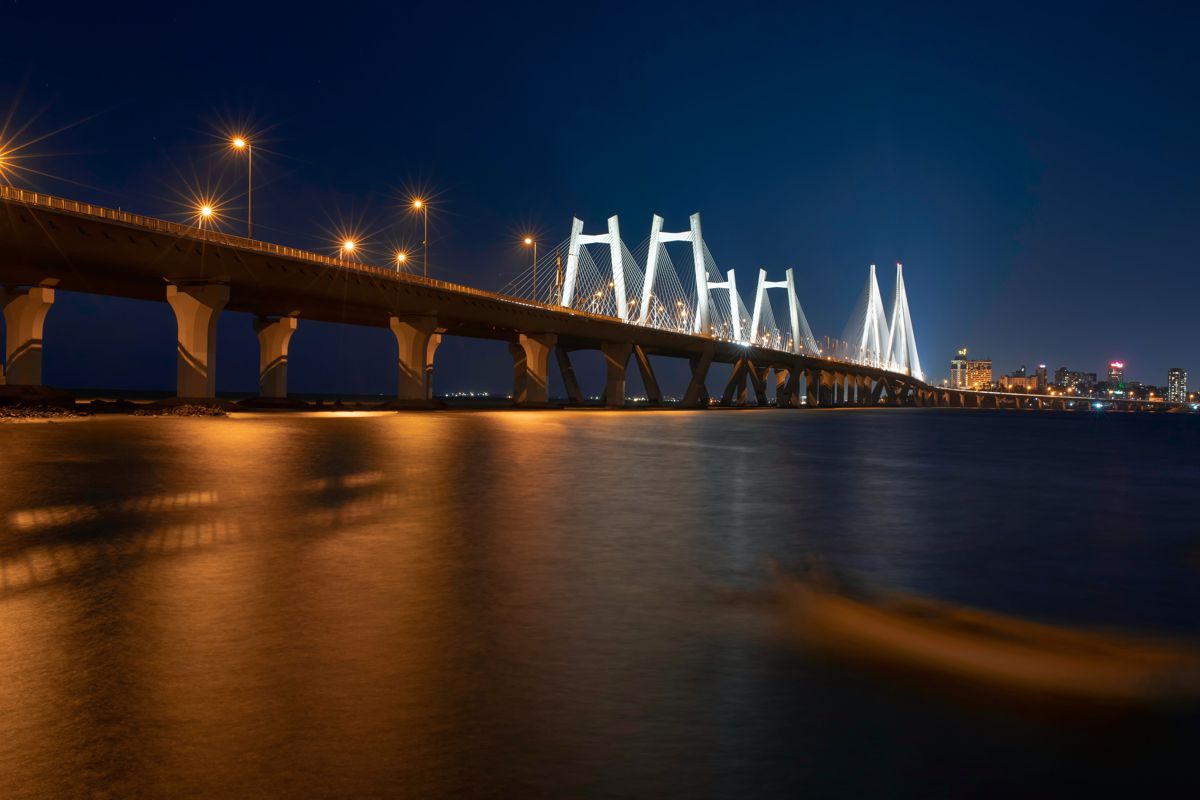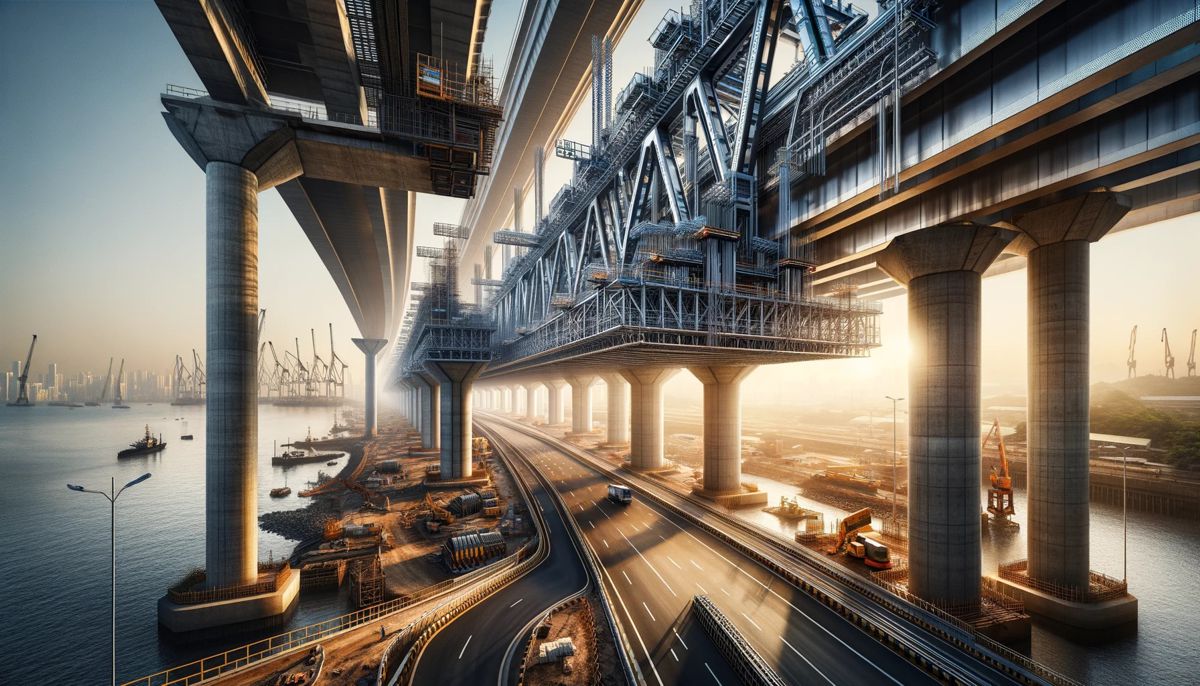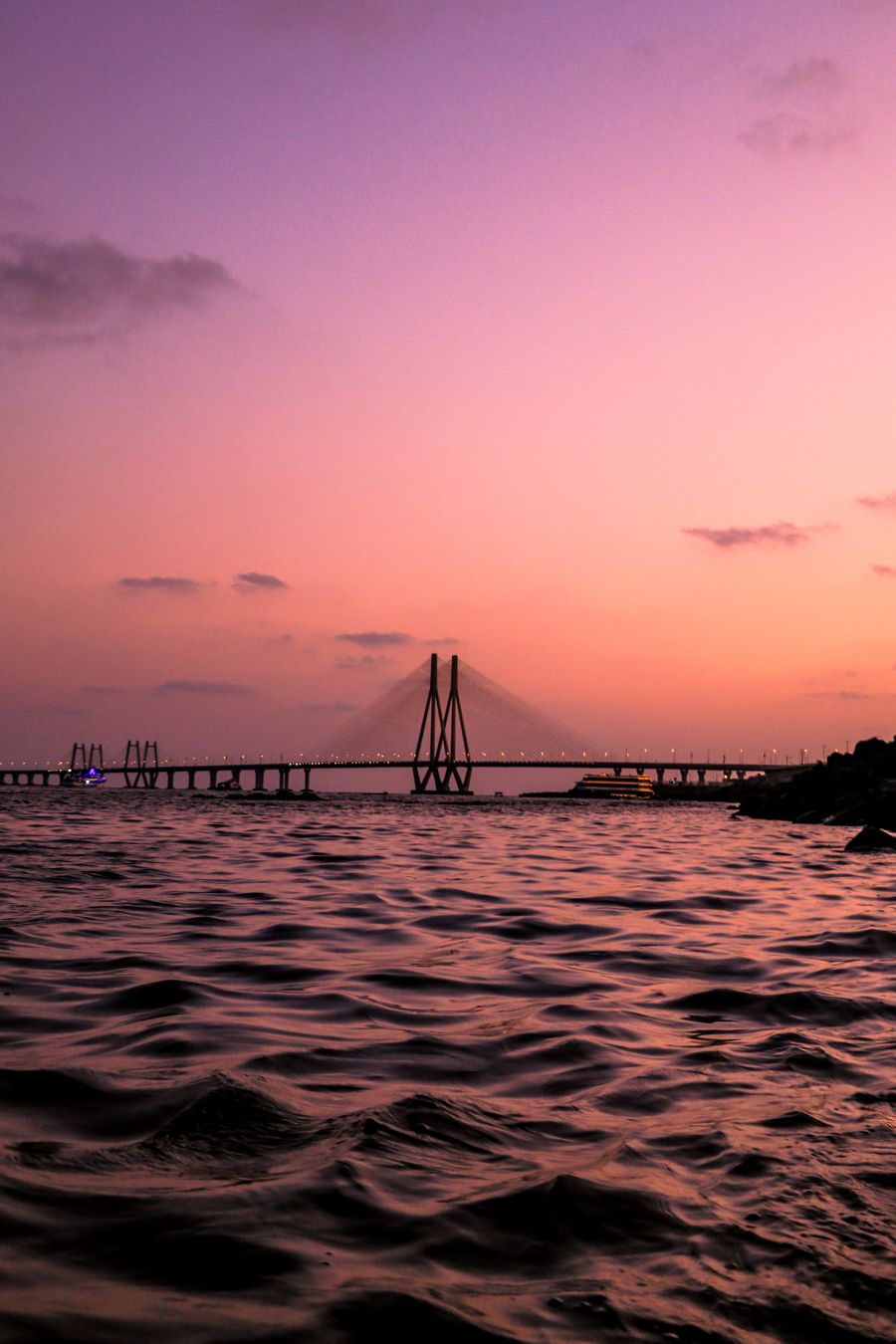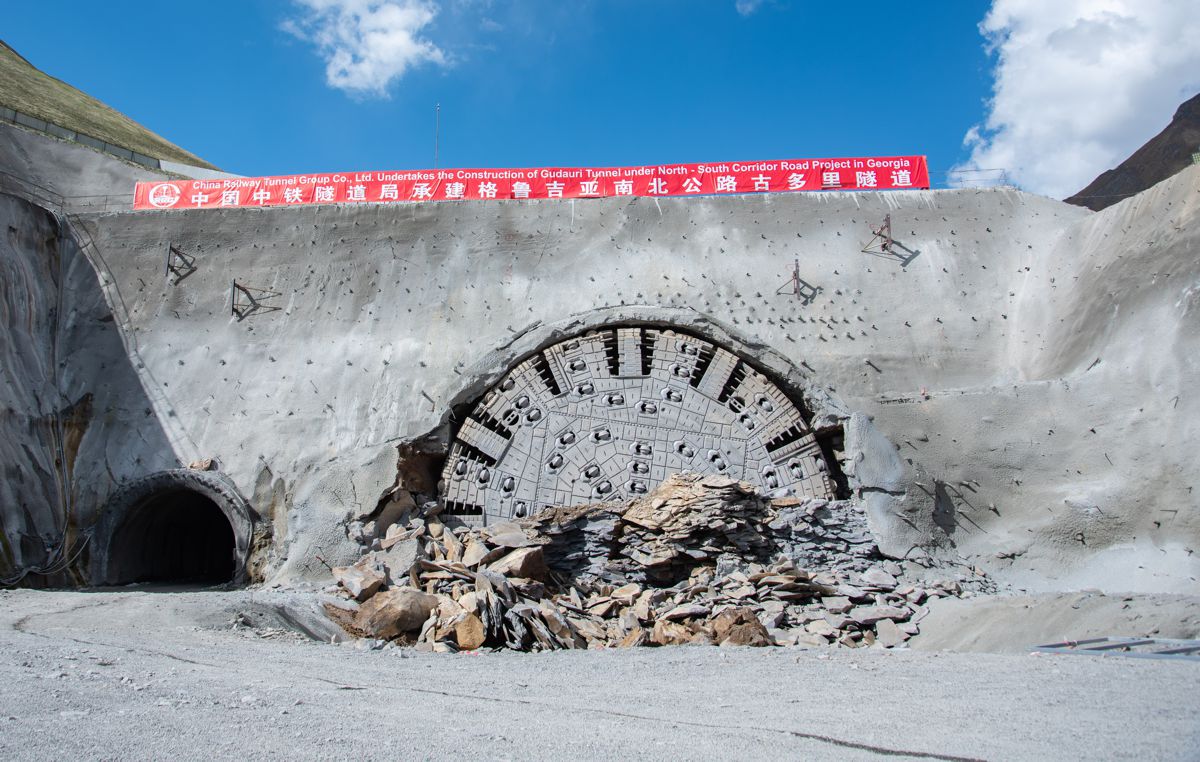The Mumbai Trans Harbour Link bridging dreams and realities
In an enormous leap towards infrastructural magnificence, the city of Mumbai has embraced a new horizon with the unveiling of the Mumbai Trans Harbour Link (MTHL).
This 22-kilometre marvel not only stands as India’s longest sea bridge but also as a testament to ingenuity and resilience.
Known for its congested streets and bustling life, Mumbai’s quest for infrastructural expansion found a monumental expression in the MTHL, promising to reshape the city’s connectivity and catalyse economic growth.
The Vision Takes Shape
The MTHL’s inception dates back to the 1990s, under the aegis of the Mumbai Metropolitan Region Development Authority (MMRDA), against a backdrop of escalating traffic and congestion woes.
Mumbai, the pulsating heart of India’s financial and entertainment sectors, was in dire need of a solution that could offer a breather to its overburdened infrastructure. The bridge emerged as a beacon of hope, aiming to seamlessly connect Mumbai with Navi Mumbai and reduce travel times dramatically.

A Colossal Undertaking
The journey from blueprint to reality for the MTHL was fraught with challenges. Conceived with an investment of $2.2 billion, the project’s scale was unprecedented, requiring the use of 165,000 tonnes of reinforcement steel—enough to construct 17 Eiffel Towers.
The bridge not only showcases the first use of orthotropic decks in India but also integrates advanced technological features, setting new standards in engineering and construction.
Architectural and Engineering Marvel
The MTHL is not just a bridge; it is an engineering masterpiece. Its 22 km stretch includes a 16.5 km sea link and 5.5 km of viaducts on land, featuring a six-lane highway that offers panoramic views of Mumbai’s skyline and the serene Elephanta Caves.
The design incorporates noise and vision barriers to mitigate environmental impact, and the use of corrosion-resistant materials ensures the bridge’s longevity against the harsh marine environment.

Transformative Impact
The strategic importance of the MTHL transcends mere connectivity. By slashing travel time between Mumbai and Navi Mumbai to just 20 minutes, it promises to alleviate traffic congestion, enhance regional economic development, and significantly reduce carbon emissions.
The bridge facilitates direct access to key locations, including the under-construction Navi Mumbai International Airport, further bolstering Mumbai’s infrastructure ecosystem.
Sustainability and Environmental Stewardship
In constructing the MTHL, utmost care was taken to preserve the ecological balance. The project employs sustainable practices, including the use of stone matrix asphalt for durability and noise reduction, and implements measures to protect the local avian population.
The bridge’s design and construction reflect a commitment to environmental conservation and sustainable development.

A Symphony of Collaboration
The realization of the MTHL is a narrative of global cooperation, involving the expertise of over 14,000 workers and consultants from across the world.
The project’s success is a testament to the power of collective endeavour and international partnership in overcoming the complexities of modern engineering challenges.
Financial Engineering: The Backbone of the Project
The financial blueprint of the MTHL is as intricate as its physical structure. The project, initially estimated at $2.2 billion, witnessed funding from diverse sources, including a significant loan from the Japan International Cooperation Agency (JICA).
The financial model adopted for the MTHL—a blend of public investment and international funding—paves the way for future infrastructure projects in terms of scalability and financial viability.

Technical Brilliance Unveiled
The MTHL’s construction embraced several technological firsts, including the use of orthotropic steel decks that allowed for longer spans without the need for intermediate supports.
This innovation not only facilitated the seamless execution of the project but also minimized disruptions to marine traffic. The employment of Reverse Circulation Drilling (RCD) for foundations and the extensive use of prefabricated sections underscore the project’s technical sophistication.
The Road Ahead
As Mumbai inaugurates the MTHL, the bridge stands as a monumental achievement, symbolizing the fusion of dreams and reality. It is a harbinger of Mumbai’s infrastructural evolution, poised to usher in an era of unprecedented growth and connectivity.
The MTHL is more than a bridge; it is a testament to the spirit of innovation, collaboration, and sustainable development that defines the path forward for urban infrastructure projects worldwide.

In Retrospect
The Mumbai Trans Harbour Link, christened in honour of the late Prime Minister Atal Bihari Vajpayee, is not merely a feat of engineering. It embodies the aspirations of a city aiming to redefine its future.
As we reflect on this marvel of modern engineering, the MTHL stands as a beacon of hope, innovation, and progress, promising to bridge the divide not just between two geographies but between present limitations and future possibilities.














